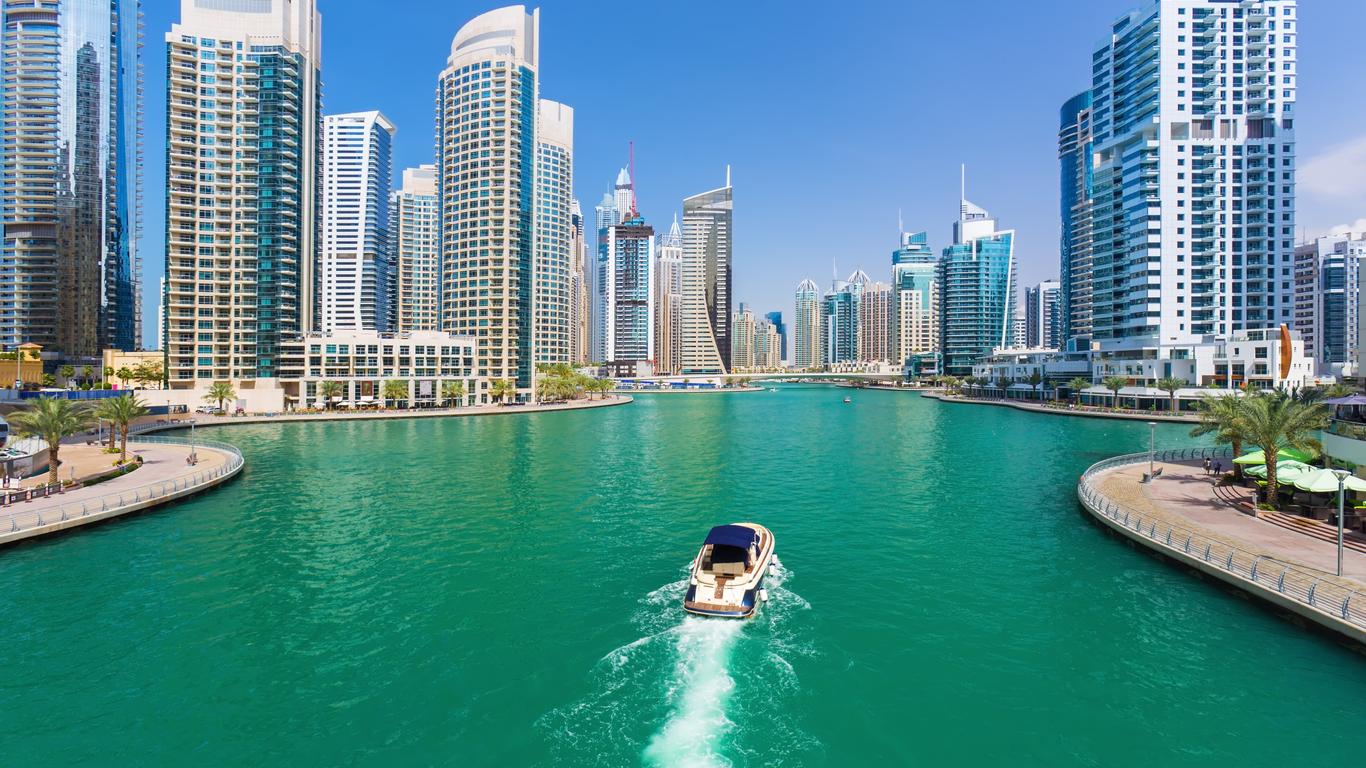The world’s busiest international airport and the Middle East’s largest airline hub, Dubai International Airport rises from the desert in the United Arab Emirates. It’s the home base for both Emirates and flydubai airlines, with three terminals that can handle 90 million passengers every year.
The Dubai International Airport is divided into three terminals, with Terminals 1 and 3 catering to international passengers and handling around 85% of traffic, while Terminal 2 is for budget airlines and those flying to the Sub-Continent and Persian Gulf region. The airport is laid out across three different concourses named A, B and C, with duty-free shops, cafes and restaurants scattered throughout. Many of the shops are home to high-end designer brands, as well as books, electronics and money change facilities. There’s also a business centre, children’s play area, prayer rooms and smoking lounges, as well as complimentary wifi access throughout the airport. Visitors with long-haul connecting flights can refresh with Dubai International Airport’s complimentary shower facilities, or rejuvenate at the health club’s swimming pool, together with a spa where massages, manicures and facials are available.
Dubai Metro trains run every 10 minutes from Terminals 1 and 3, connecting the airport with destinations across the city. There’s also regular bus services from all three terminals and taxis available in the ranks outside.
The airport officially opened in 1960, with its construction ordered by the then ruler of Dubai, Sheikh Rashid bin Saeed Al Maktoum. It initially comprised a 1.8km runway made on compacted sand and a small terminal building, with its first asphalt runway built in 1963, ready to handle the big jets of Middle East Airlines and Kuwait Airways Comets.





